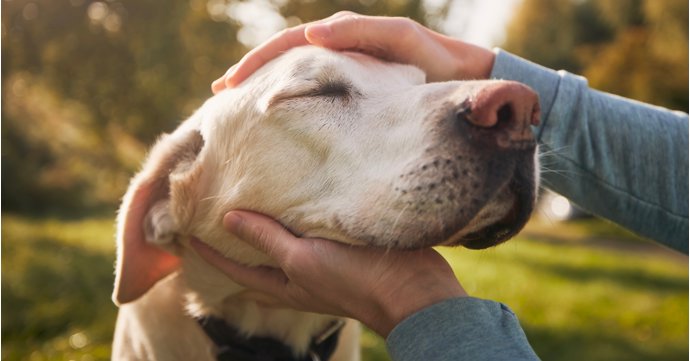Hay fever is a common condition in humans caused by an allergic reaction to pollen throughout spring and summer, but dogs and cats can suffer from it, too.
Cotswold RAW, a Gloucestershire producer of nutritious raw food for dogs and cats, shares some expert advice for pet owners to help manage their four-legged friends' hay fever.
What causes hay fever in dogs and cats?
Hay fever may occur spontaneously in dogs and cats, triggering an immediate allergic response to pollen each time they are exposed.
Like humans, animals produce IgE antibodies which are provoked by environmental allergens and bind to immune cells known as mast cells. This means that further exposure will trigger an allergic reaction, leading to hay fever symptoms.
Hay fever symptoms in dogs and cats
Whereas humans usually experience sneezing, coughing and itchy eyes, dogs and cats with hay fever suffer mostly with itchy skin.
Owners might notice their pets excessively licking, chewing and scratching the affected areas, which can cause redness, fur loss and sores. Most commonly affected areas appear to be the paws, legs, muzzle, armpits, groin and bottom.
Rhinitis has also been reported in cats following allergen exposure, causing symptoms like nasal discharge, sneezing and pawing at the face.
Managing hay fever for dogs and cats
- Avoid walking your dog or letting your cat outside at midday, particularly in dry weather — this is when pollen counts from March to September are usually highest.
- Wipe down your pet's paws and coat with a damp cloth or pet-safe wipe after being outdoors, to help remove pollen.
- Get on top of grooming to remove allergens trapped in the fur — especially if you have long-haired pets.
- Use hypoallergenic shampoos that contain ingredients like aloe or oatmeal to soothe your dog's itching.
- Wash your pet's bedding regularly at 60°C, as well as frequent vacuuming, to remove dust and allergens.
- Boost your pet's diet with essential fatty acids, Omega-3 and Omega-6, which promote healthy skin due to their anti-inflammatory properties. Consider adding salmon oil to their food or offer oily fishy treats, like sardines and sprats — Cotswold RAW's complete meals also contain the correct balance of fatty acids to aid skin barrier function and strength.
- An air filter system can also help in more severe cases of hay fever.
As always, if you're concerned about your pet's health, your vet should be your first point of call.
When is hay fever season in the UK?
Hay fever symptoms are usually worse between late March and September.
Peak season for tree pollen occurs from late March to mid-May; followed by grass pollen, from mid-May to July; with weed pollen usually lasting from the end of June to September.




















